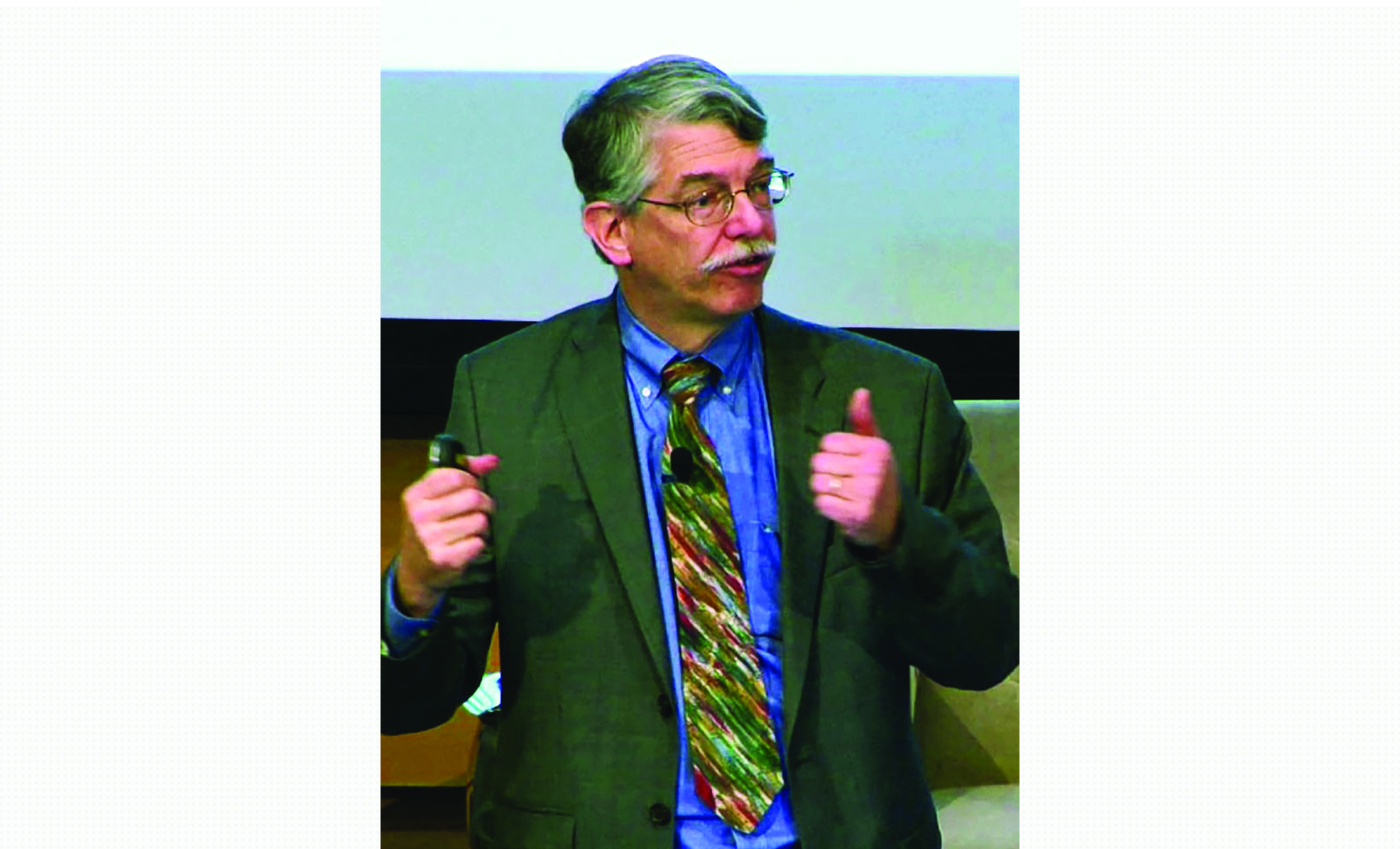Keeping Water Clean for Massachusetts
-
-
MIT Technology Review
Filed Under
Recommended

The Massachusetts Water Resources Authority (MWRA) was suffering from a crisis of public confidence and badly outdated technology when Stephen Estes-Smargiassi arrived there in 1987.
“In the late ’80s, we used to tell community groups that we had a well-designed 18th-century water system—operating on the cusp of the 21st century,” Estes-Smargiassi says. “We worked hard to explain how we were improving the water system without scaring someone into asking ‘Wait, what’s wrong with it now?’”
During his 30 years at the MWRA, Estes-Smargiassi has worked on issues like promoting water conservation, decreasing lead levels in drinking water, and improving hurricane preparation. An early challenge was just explaining projects to the general public—and justifying their cost. For example, a $3.8 billion upgrade to the Deer Island Waste Water Treatment Plant, first built in 1968 on one of Boston’s harbor islands, brought in 21st-century technology that increased capacity and protects Boston Harbor from raw sewage overflow. One improvement: a gravity-powered outfall tunnel that delivers treated water 10 miles out into the ocean. He has worked on national efforts to minimize drinking-water contamination from lead water pipes ever since collaborating with Boston public health officials, community activists, and Boston Children’s Hospital to find solutions to Boston’s own problem with corroded pipes in the early 1990s.
“A huge benefit of my MIT education was being able to connect the dots between different disciplines,” says Estes-Smargiassi, who majored in civil and environmental engineering. “To solve problems, you need different people in the room. That kind of broad thinking helped me to work and communicate with a diverse range of people.”
A huge benefit of my MIT education was being able to connect the dots between different disciplines. That kind of broad thinking helped me to work and communicate with a diverse range of people.
Now the MWRA’s director of planning and sustainability, he balances real-time challenges such as microbial threats with long-term planning like figuring out how to cope with rising sea levels. “My role as a planner is to think 30 to 40 years in the future, working on how we can maintain our assets, prepare for new regulations, and meet our customers’ evolving expectations,” he says.
The challenges of climate change and sea-level rise are particularly interesting, says Estes-Smargiassi. The MWRA must be prepared for both their impact on the water supply and their physical effect on the MWRA’s wastewater facilities along the Massachusetts coast. An example of foresight was building the Deer Island plant a couple of feet above ground to make it safer during storms, a feature that will help preserve the building if ocean levels rise.
“They say a good engineer can solve a problem for $1 that someone else could solve for $10, and we need to continue to anticipate and solve problems,” says Estes-Smargiassi, who looks forward to the challenges ahead. “But I’m proud of the things we’ve already accomplished, like clean water and a cleaner harbor, that affect people’s day-to-day lives.”
This article originally appeared in the January/February 2018 issue of MIT Technology Review magazine.







